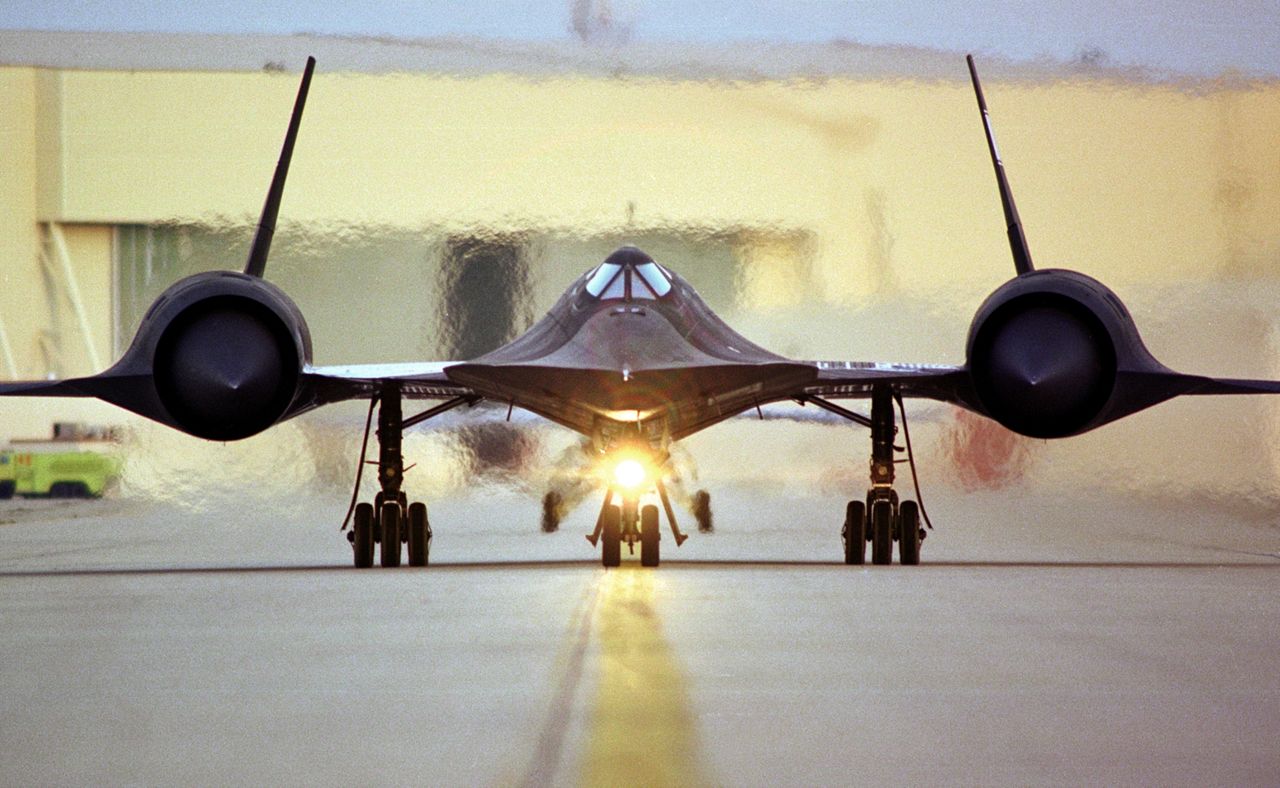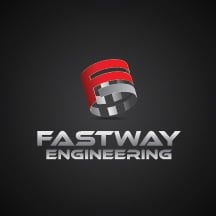On July 28, 1976, Capt. Eldon W. Joersz and George T. Morgan Jr. flew #61-7958 to a top speed of 2,193.2 mph (Mach 2.883) outside of Beale Air Force Base, in California, officially making the Blackbird the fastest manned air-breathing jet aircraft in the world. A record that still stands today. Unofficially,the SR-71 Blackbird has been said to reach Mach 3.5 (approximately 2,600 mph) while on a mission.
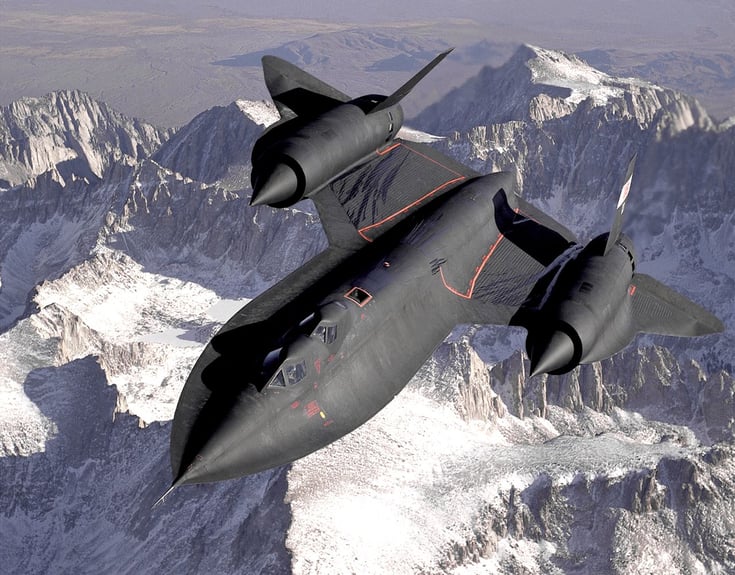
For every engineer, there is something that you can trace your curiosity for math, science, and the urge to learn back to. For me, it was the SR-71 Blackbird. Outside of the fact that it is the most famous top secret project to come out of Lockheed Martin's Skunkworks, it was (and still is) an exercise in engineering excellence. Frankly, I've always thought that it was the coolest plane in the world. The truth is, however, the plane itself got quite hot!
Sources say the wings and fuselage of the aircraft were between 600-900°F during normal operation at Mach 3.2. This heat is created from two main sources: Aerodynamic heating of the nose and wings and heat due to the jet's exhaust.
Aerodynamic heating occurs when the air has to move round the leading edges of the aircraft. As it moves out of the way, some of it's kinetic energy is converted to heat. As this air heats itself up, it conducts some of this heat to the neighboring walls - in the case of a jet, these walls are outer panels of the wings and fuselage. Kevin Knowles from Cranfield University says that this aerodynamic heating overrides the cooling due to convection over the airplane's body at approximately 890 mph or 1.2 Mach.
The SR-71 Blackbird was powered by dual Pratt & Whitney J58 Turbines, providing 32,500 lbs of thrust each. At low speeds the turbines provided plenty of oomph to fly the plane, however at higher speeds, where the plane spent most of its time, the normal thrust of the engine was counteracted by the drag it created. To overcome this, the engines were specifically designed to operate with a thrust-increasing afterburner for long periods of time. The temperature of these afterburners: 3200°F!
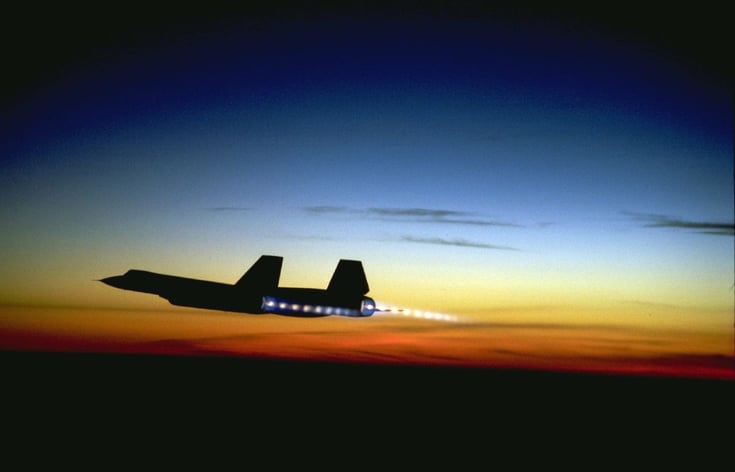
And with heat, things grow! This phenomenon is called thermal expansion, and the material property which describes this is called the coefficient of thermal expansion, or CTE, for short.
In the case of the SR-71 Blackbird, the outer panels grew as much as several inches during flight! In order to accommodate this growth, expansion gaps were designed into the structure of the body. This allowed the panels to be fastened securely, while still moving around. While on the ground, the body panels were at ambient temperature, so they were shrunk down to their normal size. This caused huge gaps in the expansion joints and in some cases, the plane actually leaked fuel while it was sitting on the runway!
Another famous supersonic aircraft, the Concorde, had a typical cruise speed of 1500 mph (Mach 2). It has been said that the fuselage of the Concorde grow by almost a foot during flight! Here is a temperature profile of the Concorde at Mach 2 (Source: http://www.aerospaceweb.org/question/planes/q0199a.shtml).
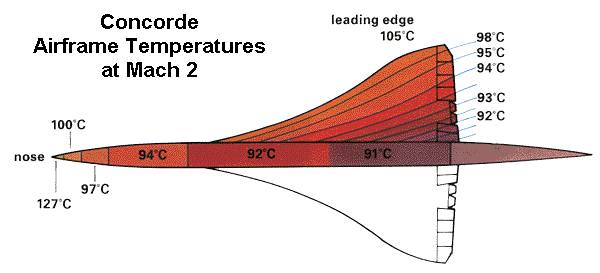
You may not be trying to design the fastest plane in the world, but more often then not designers and design engineers overlook the affect heat has on their designs. Just a simple candle can get hot enough to cause a 6 inch long piece of 6061 T6 Aluminum to grow by more than .01 inches! That's enough to cause a part to go out of spec, which can cause a performance decrease or even premature failure.
Contact us today to see how Fastway Engineering can bring your team up to speed on the latest techniques in CTE thermal analysis. Coupled with our Computational Fluid Dynamics training, you'll have all the knowledge you need to break any barrier!
Not ready to contact us, but still want to stay in touch? Sign up for our newsletter below, and get information on Training Discounts, Industry News, Fun Events, and other smart stuff!

